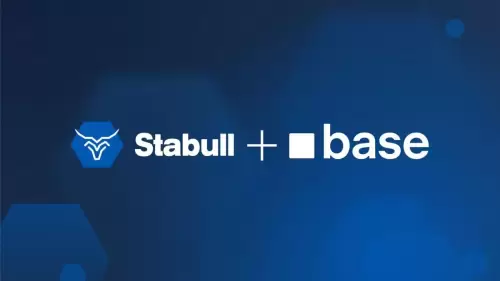 |
|
 |
|
 |
|
 |
|
 |
|
 |
|
 |
|
 |
|
 |
|
 |
|
 |
|
 |
|
 |
|
 |
|
 |
|
The advent of quantum computing is precipitating a paradigm shift in the landscape of cryptocurrency markets, fundamentally altering the design and security of token amalgamation algorithms.

The advent of quantum computing is heralding a paradigm shift in the landscape of cryptocurrency markets, pivoting towards a new generation of tokens amalgamated using quantum-safe algorithms and protocols. In 2025, the intersection of quantum technology and decentralized finance (DeFi) is giving rise to novel methods for combining, splitting, or merging digital tokens within cryptocurrency systems that are fundamentally resistant to quantum adversaries.
While token amalgamation in classic cryptographic environments typically relies on elliptic curve and other cryptographic methods, these are rendered vulnerable by quantum algorithms such as Shor’s and Grover’s. In response, organizations such as the National Institute of Standards and Technology (NIST) have initiated standardization efforts for post-quantum cryptographic algorithms, with industry adoption accelerating in 2025 as regulatory and operational risk demands mount.
Key players in the space include IBM, which has expanded its quantum-safe roadmap and is collaborating with blockchain developers to integrate lattice-based and hash-based signature schemes into major cryptocurrency platforms. These efforts are also seeing involvement from organizations such as the Hyperledger Foundation, which is exploring quantum-resistant algorithms for cross-chain interoperability, facilitating the seamless amalgamation of assets across different blockchain ecosystems.
In addition to these foundational efforts, specialized cryptography labs are developing advanced techniques for token amalgamation. For example, Centre for Quantum Technologies (CQT) is researching hybrid classical-quantum algorithms that combine the strengths of both approaches, aiming to optimize liquidity management and minimize slippage during cross-chain amalgamation processes. These algorithms are being trialled in high-frequency trading environments to demonstrate the efficiency and resilience of amalgamated tokens.
On the implementation front, several organizations are testing quantum-resilient token amalgamation algorithms on next-generation blockchain platforms. For instance, Algorand is announcing research initiatives into stateless quantum-secure blockchain architectures, while the European Telecommunications Standards Institute (ETSI) is working on standardization frameworks for post-quantum cryptographic operations, including those relevant to token aggregation and transfer. Furthermore, endeavors at Quantum Ledger are focused on developing proof-of-concept systems that showcase quantum-resilient digital asset management, placing emphasis on amalgamation protocols that can withstand quantum attacks and maintain the integrity of amalgamated tokens.
The outlook for the next few years suggests that token amalgamation algorithms will play a pivotal role as quantum computers edge closer to practical applicability. The industry is expected to accelerate the adoption of hybrid cryptography, leveraging both classical and quantum-resistant schemes. Pilot projects and regulatory sandboxes will serve as testbeds for these emerging algorithms. As quantum hardware becomes more accessible, the real-world performance and security of these amalgamation algorithms will be evaluated at scale, shaping the future of secure and efficient token operations in quantum-ready cryptocurrency markets.
Disclaimer:info@kdj.com
The information provided is not trading advice. kdj.com does not assume any responsibility for any investments made based on the information provided in this article. Cryptocurrencies are highly volatile and it is highly recommended that you invest with caution after thorough research!
If you believe that the content used on this website infringes your copyright, please contact us immediately (info@kdj.com) and we will delete it promptly.






























































